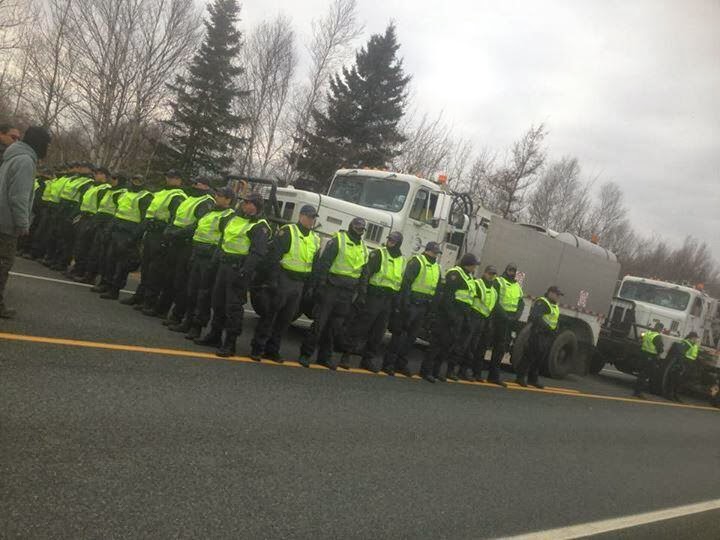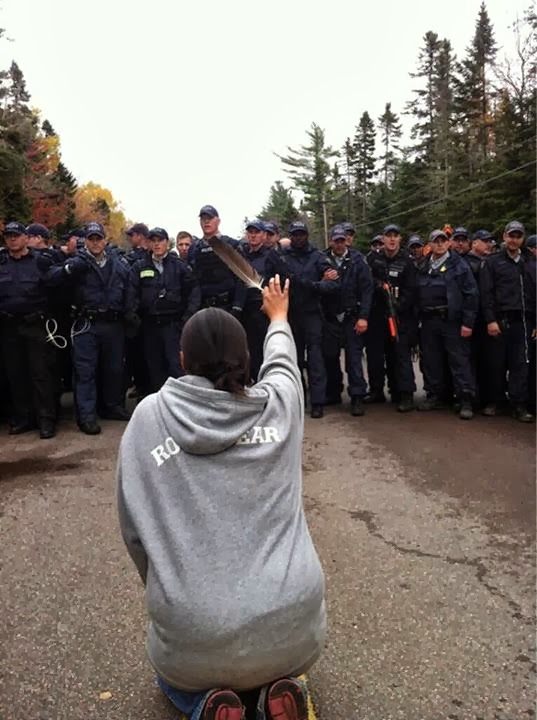O Canada! Your homes on Mi’kmaw land True genocidal drive By all your Queen’s command With greedy hearts You watched us die Our strong Nation divided and poor All for money and power, O Canada We stand on guard against thee Our land is not your commodity for fee O Canada! We stand on guard…
Continue reading…about Oh Canada! Your Home’s on Mi’kmaw Land

